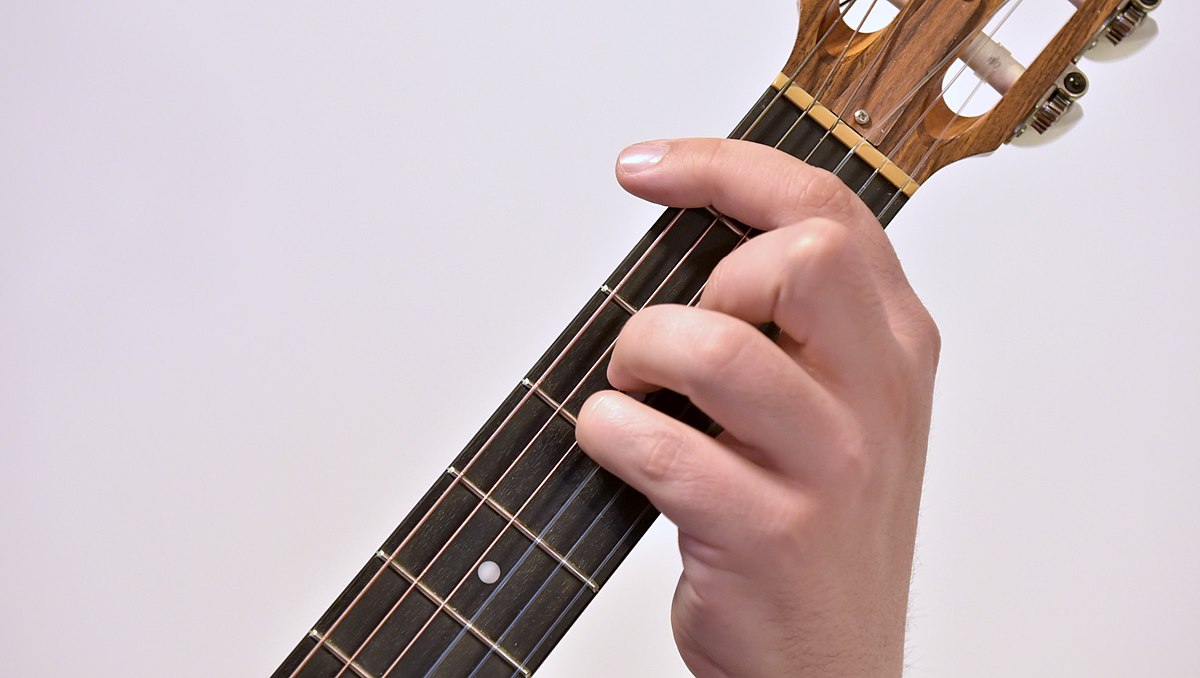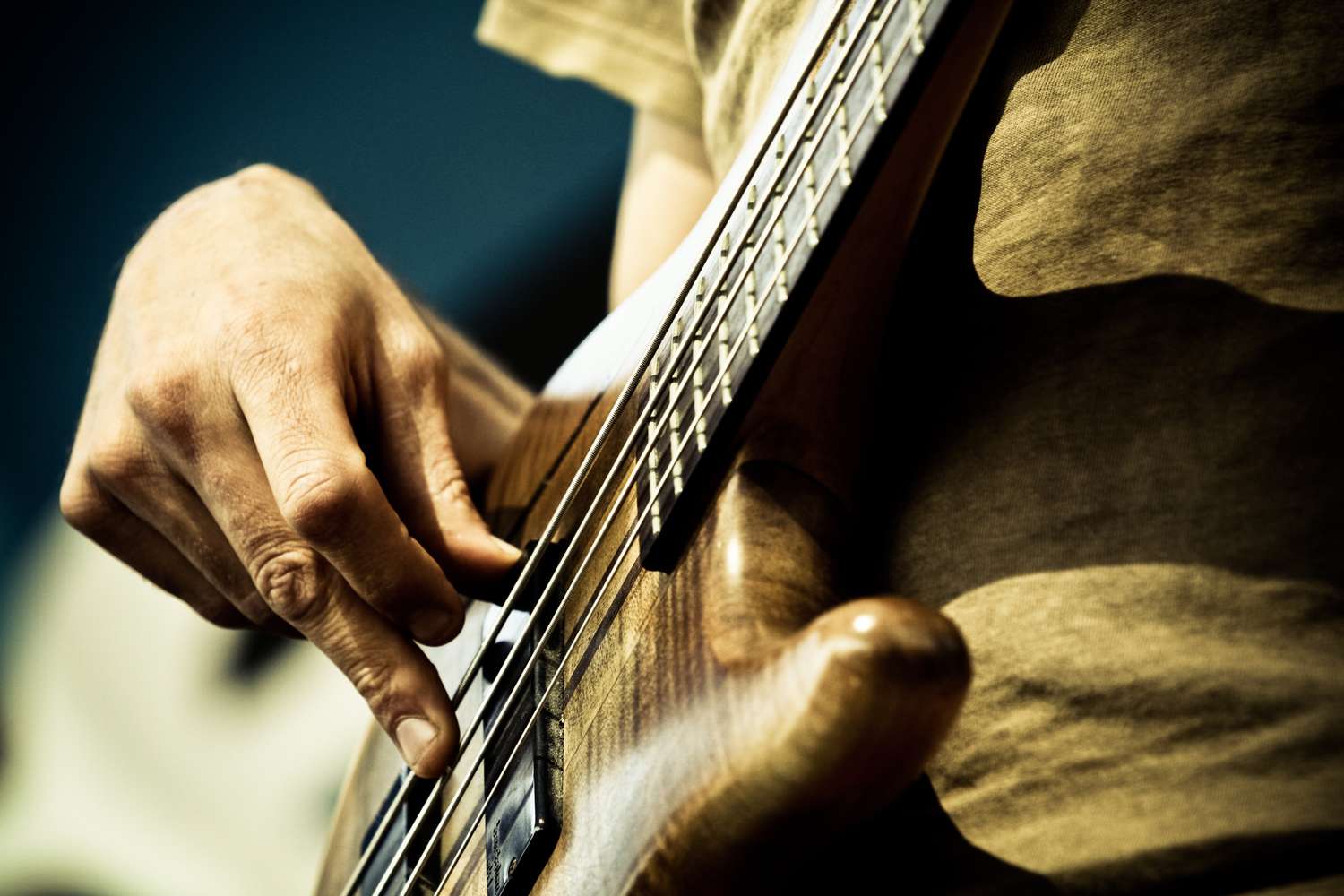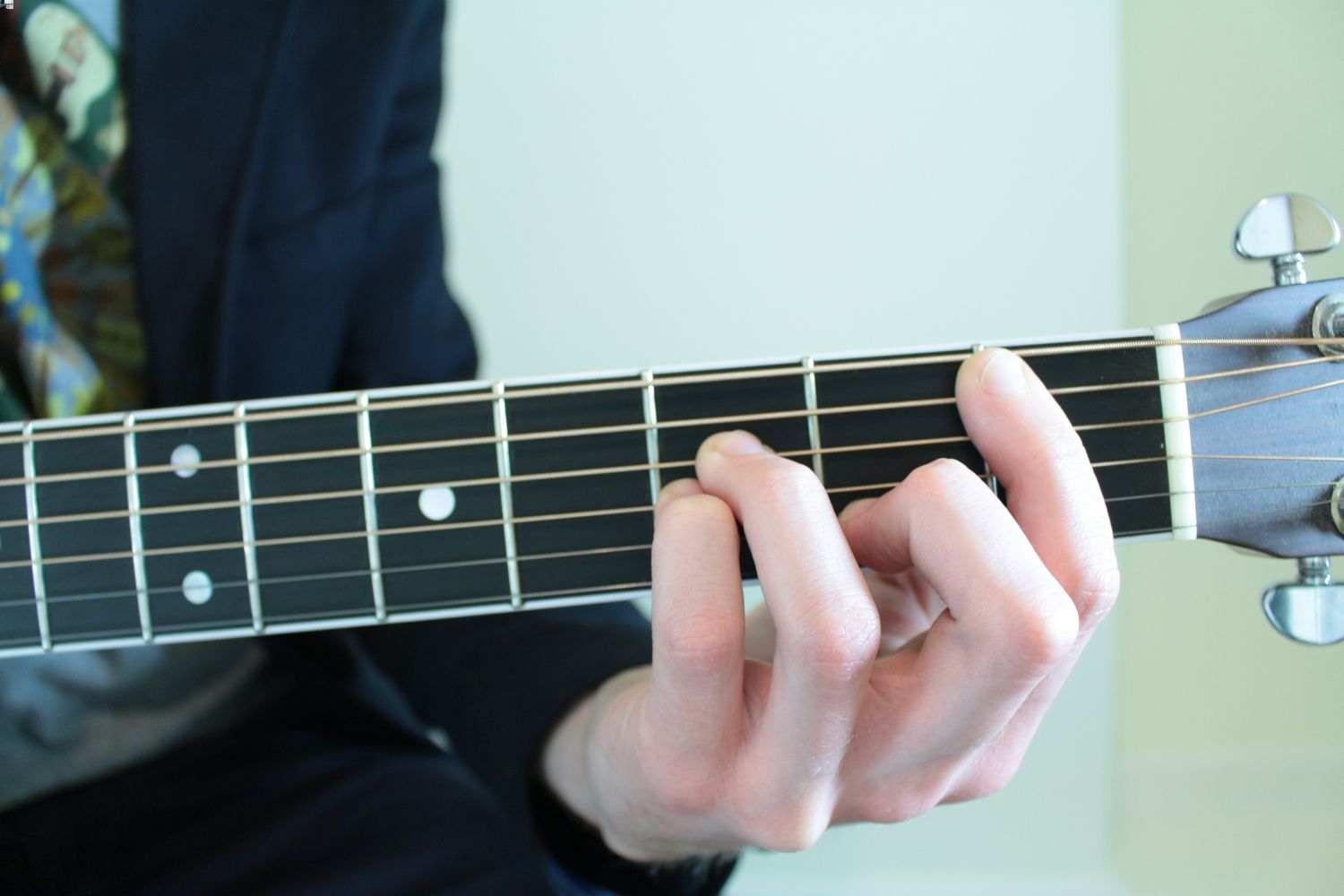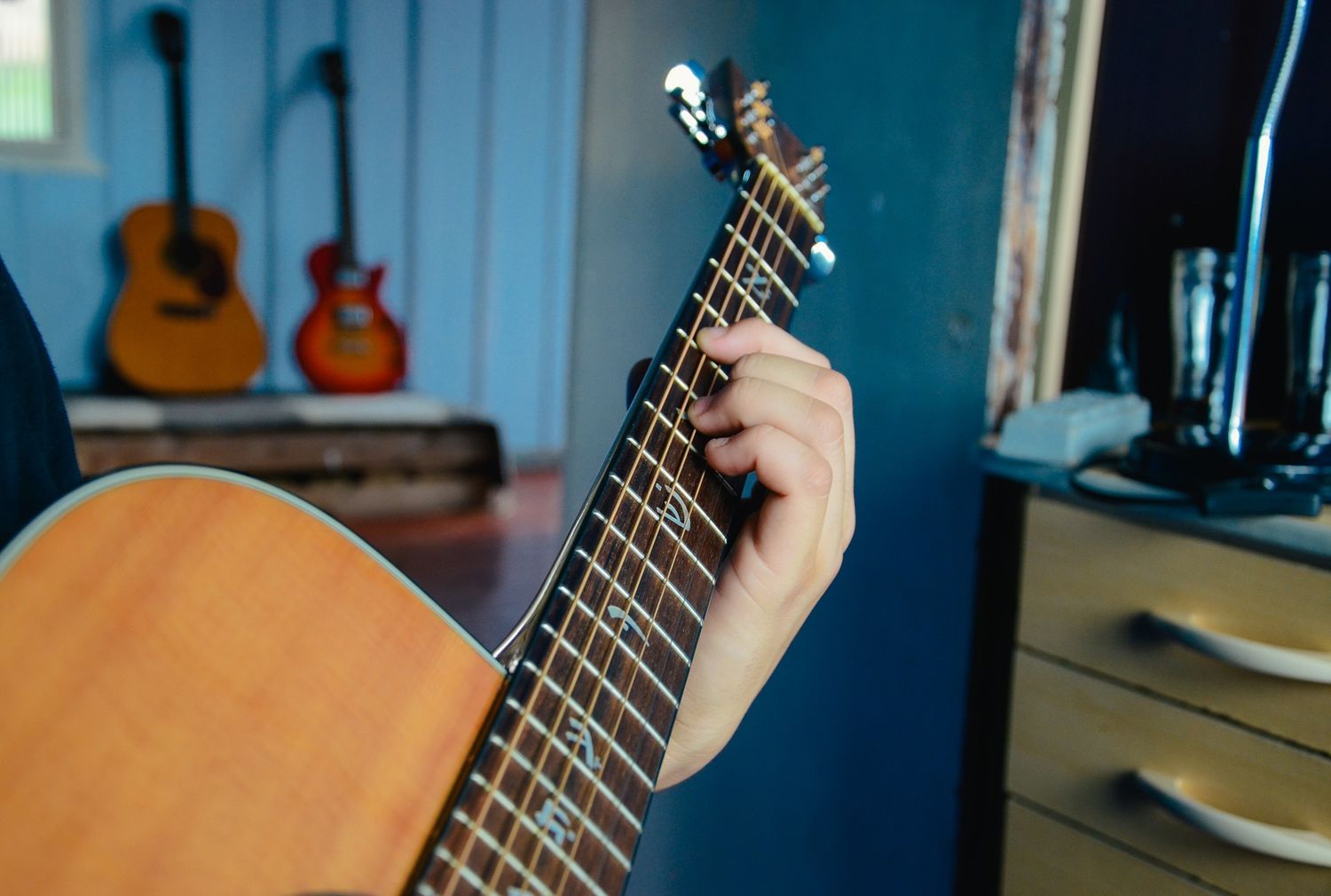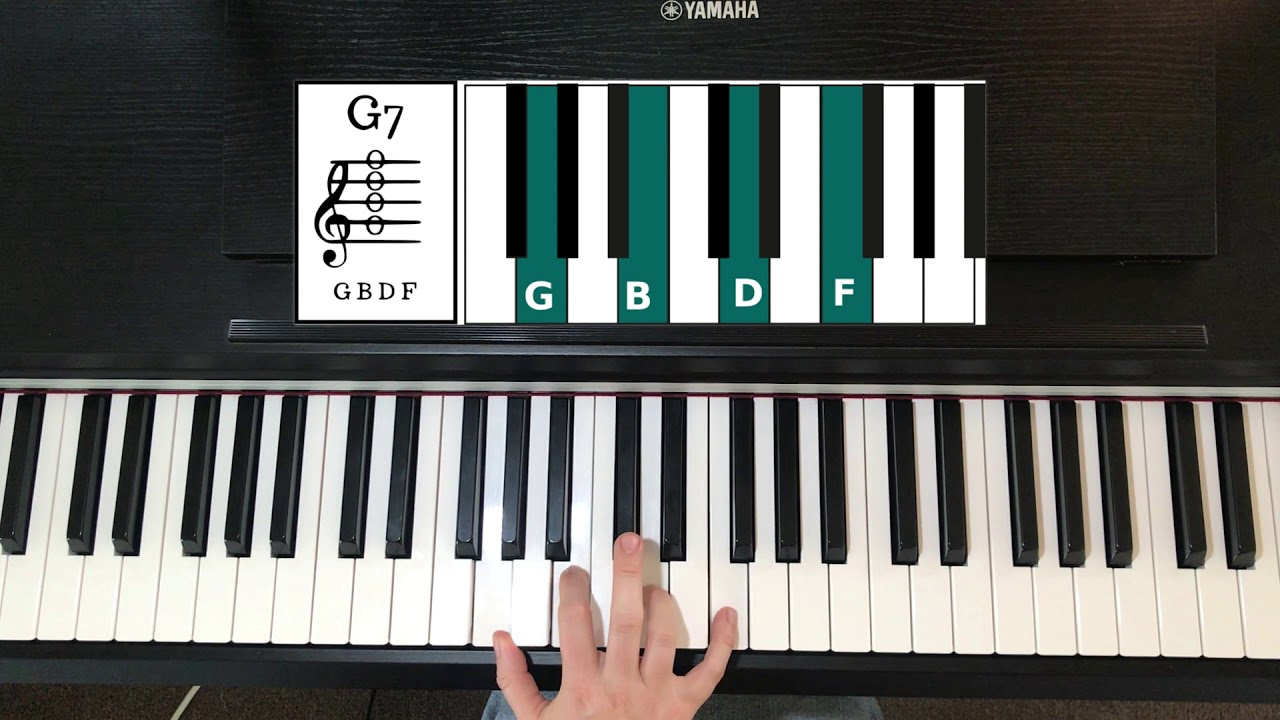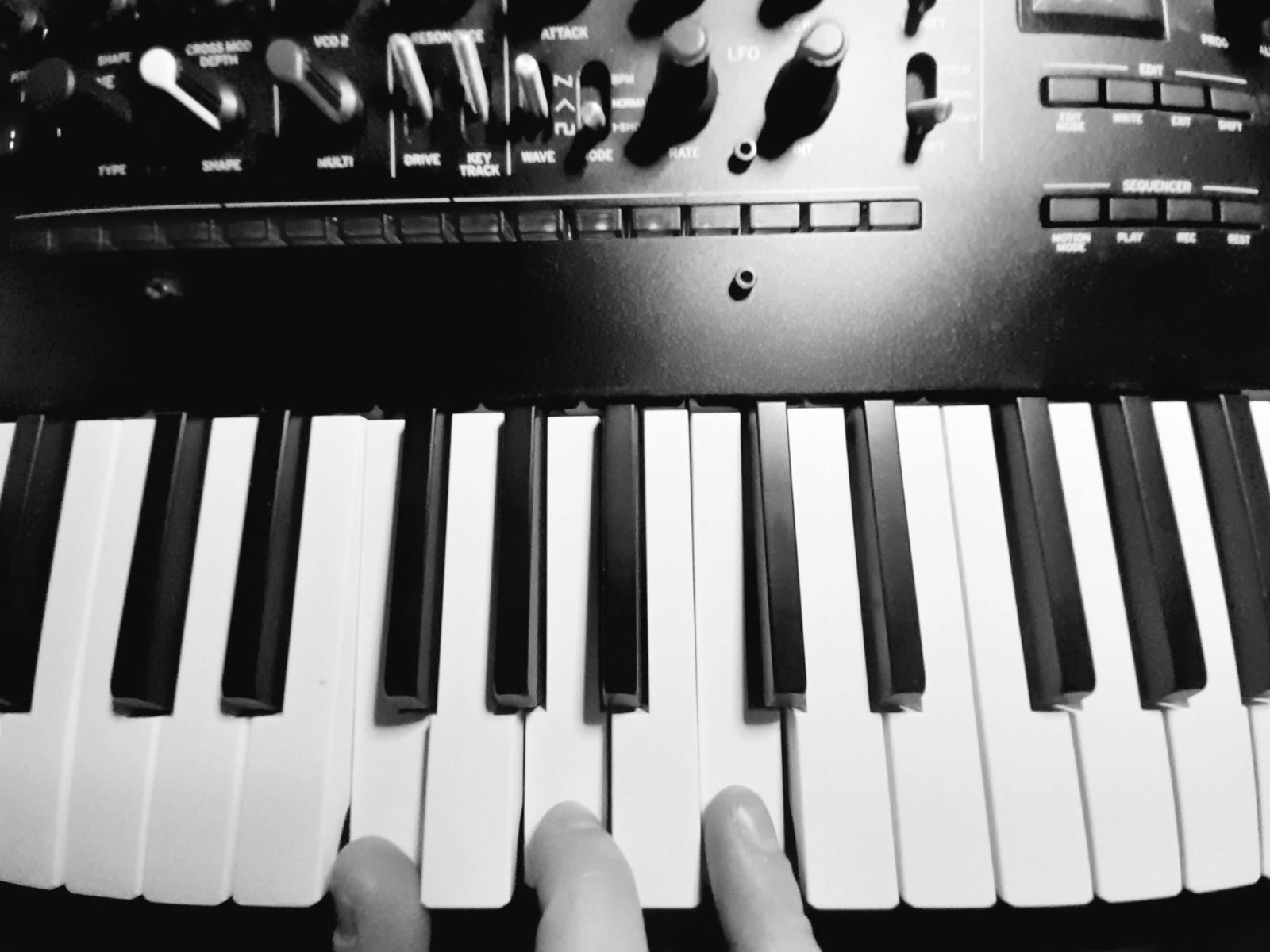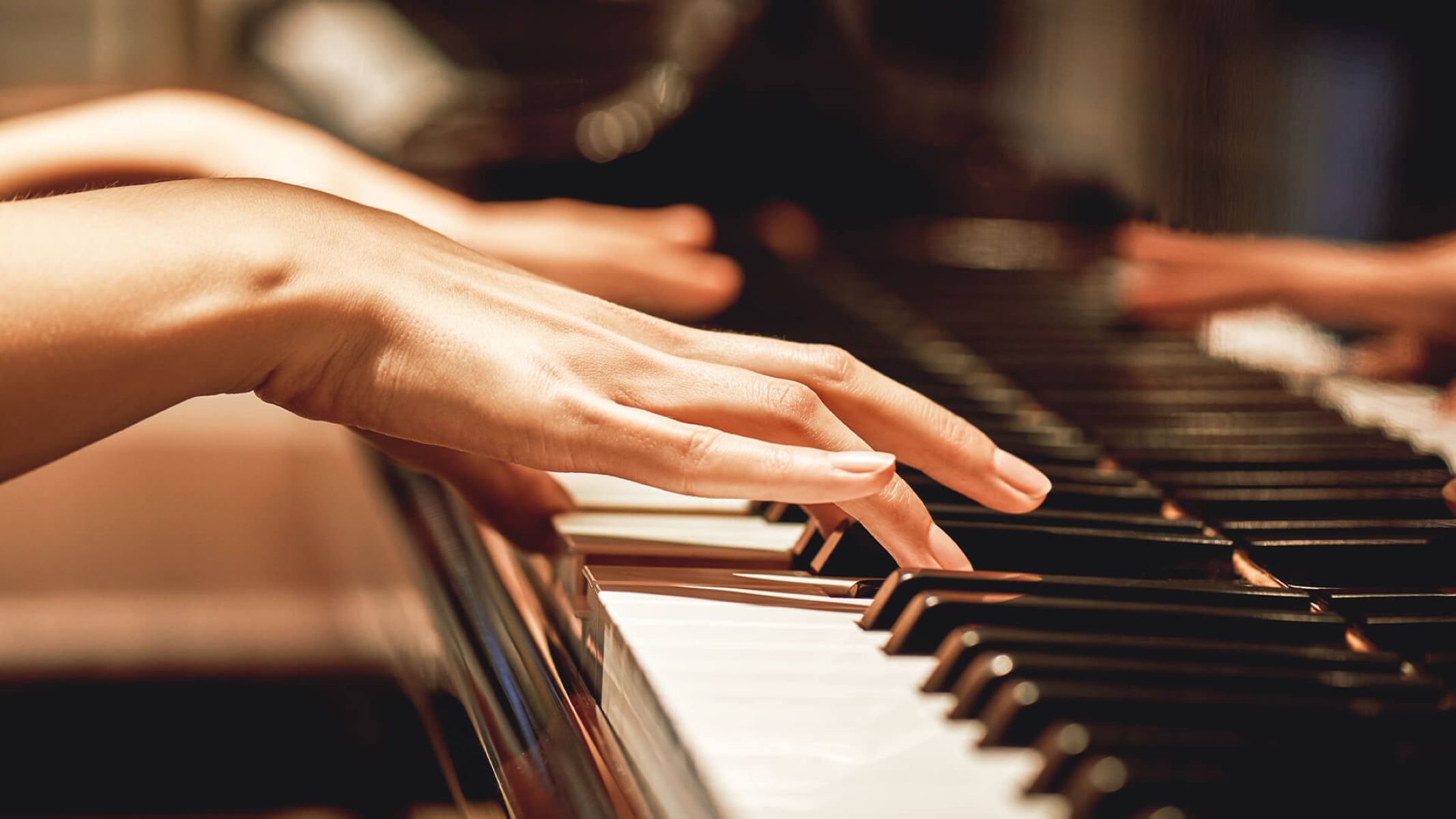Home>Instruments>Guitar>How To Play G Chord On Guitar


Guitar
How To Play G Chord On Guitar
Published: February 13, 2024
Learn how to play the G chord on guitar with our step-by-step guide. Master the basics of guitar playing and start strumming your favorite tunes today!
(Many of the links in this article redirect to a specific reviewed product. Your purchase of these products through affiliate links helps to generate commission for AudioLover.com, at no extra cost. Learn more)
Table of Contents
Introduction
Playing the guitar is a fulfilling and rewarding endeavor, and mastering essential chords is a crucial step in the journey of every guitarist. Among these fundamental chords, the G chord holds a prominent place due to its prevalence in countless songs across various genres. Its bright and resonant sound adds a captivating dimension to music, making it a favorite among beginners and experienced guitarists alike.
In this comprehensive guide, we will delve into the intricacies of playing the G chord on the guitar. From understanding the composition of the chord to mastering the finger placement and strumming techniques, this article will equip you with the knowledge and skills needed to confidently incorporate the G chord into your repertoire.
Whether you are a novice seeking to expand your chord vocabulary or an intermediate player aiming to refine your technique, this guide is tailored to cater to your needs. By the end of this journey, you will not only be well-versed in the art of playing the G chord but also be equipped with valuable insights to elevate your overall guitar playing proficiency. So, grab your guitar, tune the strings, and let’s embark on this enriching musical expedition together.
Understanding the G Chord
The G chord is a staple in the guitarist’s arsenal, and understanding its composition is essential for mastering its execution. Comprising three notes – G, B, and D – the G chord is classified as a major chord, known for its bright and uplifting sound. The root note, G, serves as the anchor of the chord, while the B and D notes contribute to its harmonic richness.
On the guitar, the G chord is typically played in open position, utilizing a combination of fretted and open strings to produce its distinctive resonance. The chord’s open and airy quality makes it a popular choice for acoustic arrangements, lending a vibrant and melodic character to the music.
Understanding the theory behind the G chord can significantly enhance your ability to maneuver through different chord progressions and create captivating musical compositions. Moreover, grasping the relationship between its constituent notes will empower you to experiment with variations and embellishments, thereby infusing your playing with creativity and flair.
As we delve deeper into the mechanics of the G chord, you will gain a comprehensive understanding of its structure and sonic attributes, laying a solid foundation for seamless integration into your musical endeavors.
Finger Placement
Mastering the finger placement for the G chord is pivotal in achieving a clear and resonant sound. To begin, position your fretting hand in a relaxed manner, ensuring that your fingers are poised to execute the chord with precision. The G chord is typically played with all six strings, and the following finger placement will enable you to produce a rich and balanced sound:
- Place your ring finger on the third fret of the low E string (sixth string).
- Position your middle finger on the second fret of the A string (fifth string).
- Place your pinky finger on the third fret of the high E string (first string).
Once your fingers are in position, apply firm yet gentle pressure to ensure that each string rings out clearly when strummed. It is important to maintain a relaxed posture and avoid unnecessary tension in your hand and fingers, as this can impede your dexterity and overall playing comfort.
As you familiarize yourself with the finger placement, take note of the positioning of your fingertips. Aim to place them close to the frets without directly touching them, as this facilitates optimal string contact and minimizes the potential for muffled or buzzing notes.
Additionally, pay attention to the arch of your fingers, ensuring that they do not inadvertently dampen adjacent strings. Cultivating a mindful approach to finger placement will refine your execution of the G chord, enabling you to produce a clear and vibrant sound with each strum.
With diligent practice and an attentive focus on finger placement, you will gradually internalize the muscle memory required to effortlessly transition into and out of the G chord, paving the way for a seamless and gratifying guitar playing experience.
Strumming the G Chord
Once you have mastered the finger placement for the G chord, the next crucial aspect is to develop a proficient strumming technique that accentuates the chord’s melodic essence. Effective strumming not only amplifies the resonance of the G chord but also infuses it with rhythmic vitality, enhancing its musical impact.
Begin by positioning your strumming hand above the strings, ensuring a relaxed and fluid posture. The motion should originate from your wrist, allowing for a natural and unrestricted movement as you navigate through the strings. Whether you opt for a pick or prefer the tactile sensation of fingerstyle strumming, the key lies in maintaining a consistent and controlled motion.
When strumming the G chord, aim to strike the strings with a fluid and even motion, ensuring that each note within the chord resonates harmoniously. Experiment with varying degrees of force and velocity to discern the tonal nuances that can be achieved through nuanced strumming dynamics.
Furthermore, consider incorporating rhythmic patterns into your strumming technique to inject a captivating cadence into your chord progression. Embracing rhythmic diversity not only enriches the sonic tapestry but also cultivates a dynamic and engaging musical expression.
As you acquaint yourself with the art of strumming the G chord, pay attention to the nuances of accentuation and timing, as these elements significantly contribute to the overall musicality of your performance. By honing your strumming technique, you will unlock the full potential of the G chord, infusing your music with vibrancy and depth.
Remember, effective strumming is not merely a mechanical action but a rhythmic dialogue between the guitarist and the instrument. Embrace the fluidity and expressiveness of your strumming hand, allowing the G chord to resonate with clarity and emotion, thus enriching your musical narrative.
Common Mistakes to Avoid
As you embark on your journey to master the G chord, it is essential to be mindful of common pitfalls that may hinder your progress. By recognizing and addressing these potential stumbling blocks, you can refine your technique and elevate your playing to new heights. Here are some prevalent mistakes to avoid when learning and playing the G chord:
- Inaccurate Finger Placement: One of the most common errors is placing your fingers too close to the frets, resulting in muted or buzzing strings. Ensure that your fingers are positioned behind the frets with adequate pressure to produce clear and resonant notes.
- Tension in Fretting Hand: Excessive tension in your fretting hand can impede your dexterity and lead to strained, uneven notes. Maintain a relaxed yet controlled grip on the fretboard to facilitate smooth transitions and consistent sound production.
- Inconsistent Strumming: Irregular or haphazard strumming can diminish the clarity and impact of the G chord. Strive for a steady and fluid strumming motion, maintaining a consistent tempo and dynamic control to enhance the chord’s resonance.
- Unbalanced String Pressure: Applying uneven pressure across the strings can result in imbalanced sound output. Ensure that each finger exerts uniform pressure on the fretted strings, allowing for a harmonious blend of notes within the G chord.
- Lack of Finger Independence: Developing finger independence is crucial for executing the G chord with precision. Practice exercises that focus on strengthening individual finger movements, fostering agility and control in your fretting hand.
By attentively addressing these common missteps, you can fortify your foundation in playing the G chord and cultivate a nuanced and expressive rendition of this fundamental element of guitar music. Embrace a patient and disciplined approach, and gradually, these potential pitfalls will transform into stepping stones toward mastery.
Tips for Mastering the G Chord
Mastering the G chord is a rewarding endeavor that can greatly enrich your guitar playing journey. To aid you in honing your skills and achieving proficiency in playing the G chord, consider the following tips:
- Consistent Practice: Dedicate regular practice sessions to familiarize your fingers with the finger placement and transition in and out of the G chord. Repetition is key to developing muscle memory and fluidity in your playing.
- Utilize Chord Transition Exercises: Incorporate chord transition drills into your practice routine to seamlessly navigate between the G chord and other essential chords. This will enhance your overall dexterity and facilitate smooth chord progressions in songs.
- Ear Training: Train your ear to discern the distinct sound of the G chord, enabling you to identify and rectify any inconsistencies in your chord execution. Listen closely to the resonance and adjust your finger placement and strumming technique accordingly.
- Explore Variations: Experiment with variations of the G chord, such as G7 or Gmaj7, to expand your chord vocabulary and infuse your playing with harmonic diversity. Embracing chord variations adds depth and dimension to your musical repertoire.
- Patience and Persistence: Embrace a patient and persistent mindset as you strive to master the G chord. Progress may unfold gradually, but consistent effort and a positive attitude will yield significant improvements in your playing.
By integrating these tips into your practice regimen and approach to learning the G chord, you will steadily enhance your proficiency and confidence in incorporating this versatile chord into your musical ventures. Embrace the learning process with enthusiasm and determination, and soon, the G chord will become a seamless and captivating component of your guitar repertoire.

